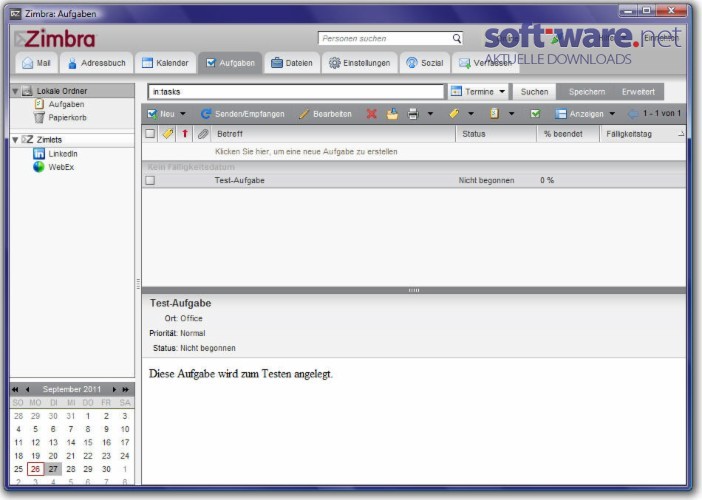Can Tago Mago Blogspot Download Lagu
Wikipedia, the free encyclopedia Main Page From Wikipedia, the free encyclopedia Jump to: navigation, search Welcome to Wikipedia, the free encyclopedia that anyone can edit. 5,452,812 articles in English Arts Biography Geography History Mathematics. Ustrojstvo 0 ne podderzhivaetsya igroj ne obnaruzheno podderzhivaemoj videokart. Official website website: the official taja sevelle website, biography, news, tour dates and videos, taja has songwriting and singing credits on over 2.5 million records sold incl. Free body parts flashcards printables bingo sheets for kids worksheets.
The Sound Explosion were formed in Athens, Greece, in May 1991 by four young gentlemen obsessed with all the great mid 60's garage and beat bands from all parts of the world. The line up was John (vocals, 6 and 12 string Vox guitar, harmonica), Jim (Eko bass, backing vocals), Stelios (Farfisa organ, maracas, backing vocals) and Stavros (drums, tambourine). The band started playing alone and together with other bands, such us the Fuzztones, Dead Moon, the Marshmallow Overcoat and the Others. Their wylde stage act attracted the attention of garage freaks from all over the globe. As a result, the band started recording and releasing various 45's and a full length LP/CD, which got rave reviews from fanzines and magazines and considerable airplay from radio stations worldwide. While things started looking promising for the band, studies, day jobs, army obligations, some 'internal frictions' ('we hate each other in the band' was a common phrase in the Sound Explosion ranks!), alien abductions etc, sadly put a sudden end to the band in early 1997. It looked like The Sound Explosion were gone for good!


Yet, some things never change. So, you're right kids.
THE SOUND EXPLOSION ARE BACK!!! Can was a German experimental rock band formed in Cologne, West Germany in 1968 by the core quartet of Holger Czukay (bass), Irmin Schmidt (keyboards), Michael Karoli (guitar), and Jaki Liebezeit (drums). The group cycled through several vocalists, including Malcolm Mooney ('68–70) and Damo Suzuki ('70–73), as well as various temporary members. Drawing from backgrounds in the avant-garde and jazz, Can incorporated minimalist, electronic, and world music elements into their often psychedelic and funk-inflected music. They have been widely hailed as pioneers of the German krautrock scene. The band used the names 'Inner Space' and 'The Can' before finally settling on 'CAN'.
Liebezeit subsequently suggested the backronym 'Communism, Anarchism, Nihilism' for the band's name. In mid-1968, the band enlisted the creative, highly rhythmic, but unstable and often confrontational American vocalist Malcolm Mooney, a New York-based sculptor, with whom they recorded the material for an album,Prepared to Meet Thy Pnoom. The next few years saw Can release their most acclaimed works. While their earlier recordings tended to be at least loosely based on traditional song structures, on their mid-career albums the band reverted to an extremely fluid improvisational style. The double album Tago Mago (1971) is often seen as a groundbreaking, influential and deeply unconventional record, based on intensely rhythmic jazz-inspired drumming, improvised guitar and keyboard soloing (frequently intertwining each other), tape edits as composition, and Suzuki's idiosyncratic vocalisms. Czukay: '(Tago Mago) was an attempt in achieving a mystery musical world from light to darkness and return.' The later albums Landed (1975) and Flow Motion (1976) saw Can moving towards a somewhat more conventional style as their recording technology improved.